Tips for Preventing Obesity in Indoor Cats
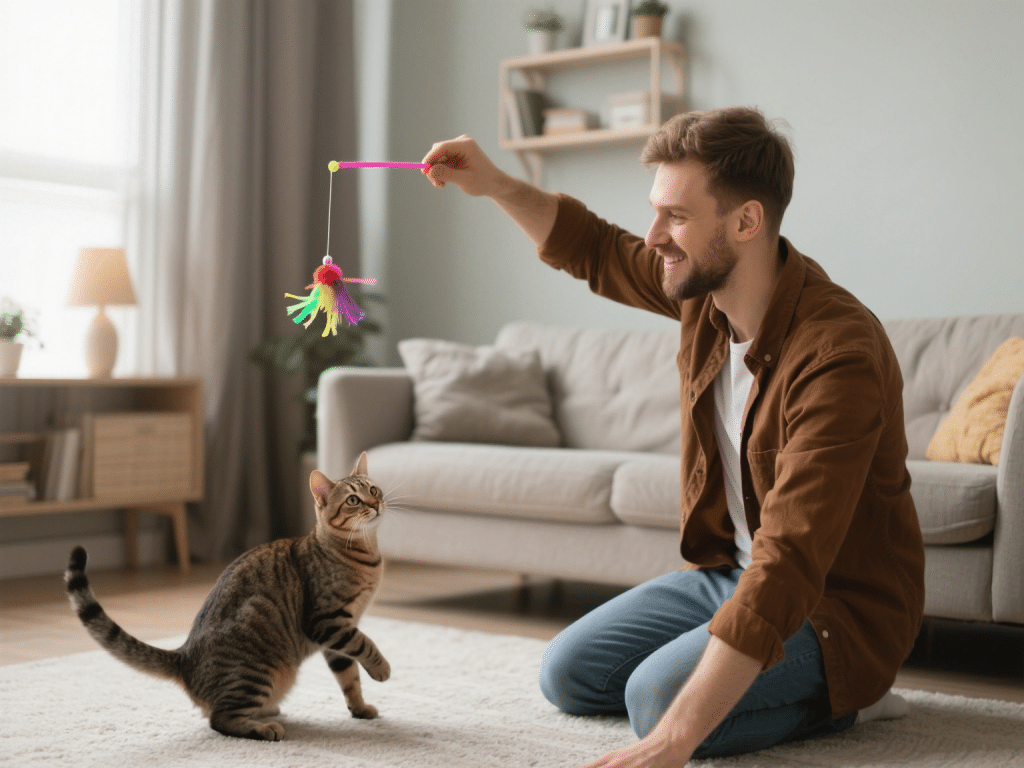
Introduction
Indoor cats often lack opportunities for exercise and can become overweight, leading to diabetes, arthritis, and heart issues. Preventing obesity requires a balanced approach combining nutrition, physical activity, and environmental enrichment. Use these tips to help your indoor cat maintain a healthy weight.
1. Understanding Feline Metabolism
Caloric Needs: Average indoor cat requires about 20 calories per pound daily; factors include age, activity level, and neuter status.
Basal Metabolic Rate (BMR): Metabolism slows with age; adjust caloric intake accordingly to avoid weight gain.
2. Balanced Diet Planning
High-Protein, Low-Carb Diet: Select premium wet or dry foods with at least 30–40% protein and minimal fillers (corn, wheat).
Portion Control: Measure meals precisely using a kitchen scale or standardized scoop; avoid free-feeding.
Scheduled Feeding: Offer 2–3 small meals per day instead of one large meal to regulate blood sugar and prevent begging.
3. Interactive Feeding & Enrichment
Puzzle Feeders: Hide kibble in puzzle toys that require manipulation to release food, slowing ingestion and stimulating mental engagement.
Treat-Dispensing Toys: Use treat balls or food-dispensing puzzles that reward cats with small kibble portions as they play.
4. Promoting Physical Activity
Daily Play Sessions: Dedicate 15–20 minutes, twice daily, to interactive play—wand toys, laser pointers, or small motorized toys—to mimic hunting instincts.
Vertical Space: Install cat trees, shelves, and window perches to encourage climbing, jumping, and exploration.
Automated Toys: Provide battery-operated toys that move unpredictably, offering independent play when you’re unavailable.
5. Environmental Enrichment
Window Views: Create a window perch for birdwatching and outdoor stimulation, reducing boredom and encouraging movement.
Rotating Toys: Swap toys weekly to maintain novelty; hide toys in different locations to promote searching behaviors.
“Catios” & Safe Outdoor Time: If possible, provide an enclosed balcony or supervised outdoor play to increase activity and mental stimulation.
6. Monitoring & Adjustment
Regular Weigh-Ins: Weigh your cat monthly; keep a simple chart to detect gradual changes. A 5% weight gain should prompt dietary adjustments.
Body Condition Scoring: Assess ribs, waist, and abdominal tuck visually and manually; aim for a score of 4–5 on a 9-point scale.
Consult a Veterinarian: If weight gain persists despite dietary and activity changes, rule out medical issues like hypothyroidism or diabetes.
7. Special Considerations
Senior Cats: Older cats may have reduced mobility; focus on low-impact play (wand toys at floor level) and softer surfaces to cushion joints.
Multi-Cat Households: Provide separate feeding stations to prevent competition and overconsumption; monitor each cat’s intake individually.
Health Issues: Address dental problems or pain that could reduce activity; ensure regular veterinary dental checkups.
Conclusion
Preventing obesity in indoor cats combines portion-controlled, high-protein diets with interactive feeding methods and regular play. By enriching your cat’s environment with climbing structures, puzzle feeders, and safe outdoor opportunities, you support physical and mental health. Monitor weight consistently, adjust as needed, and collaborate with your veterinarian to maintain a lean, active, and happy indoor cat.

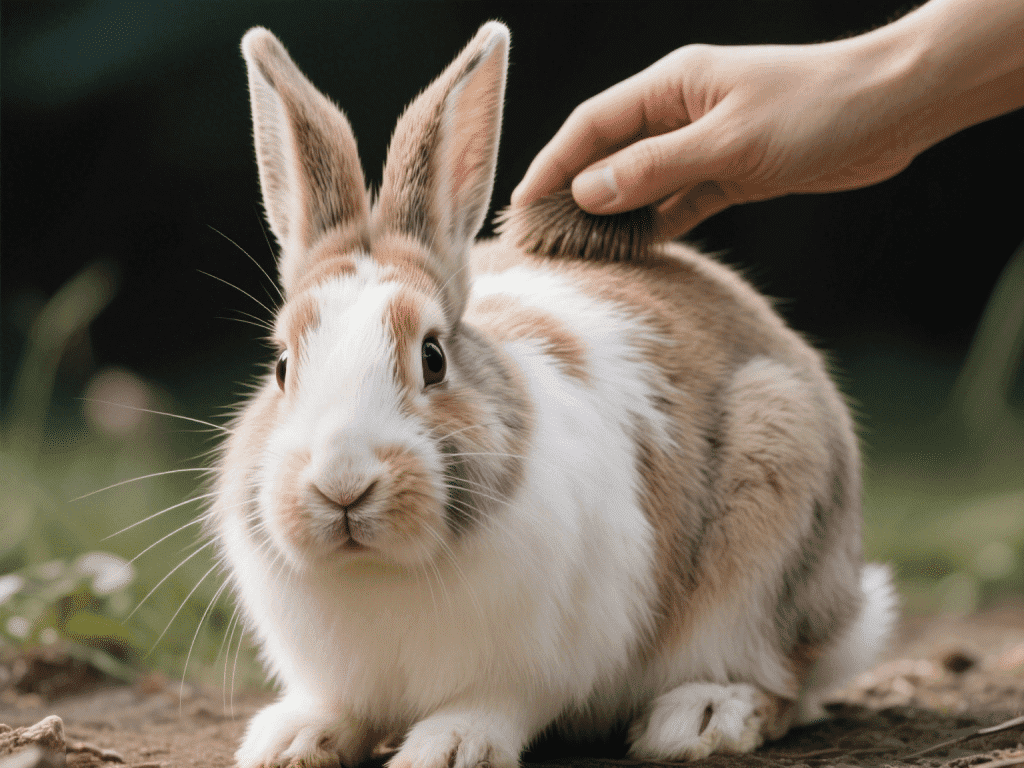
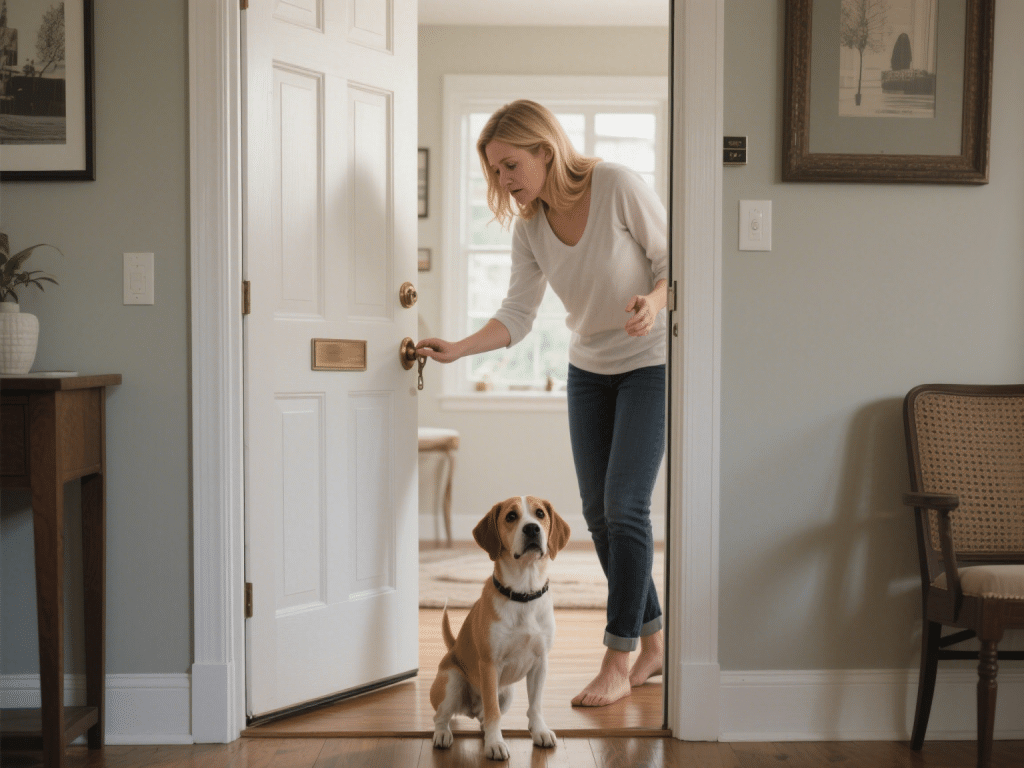

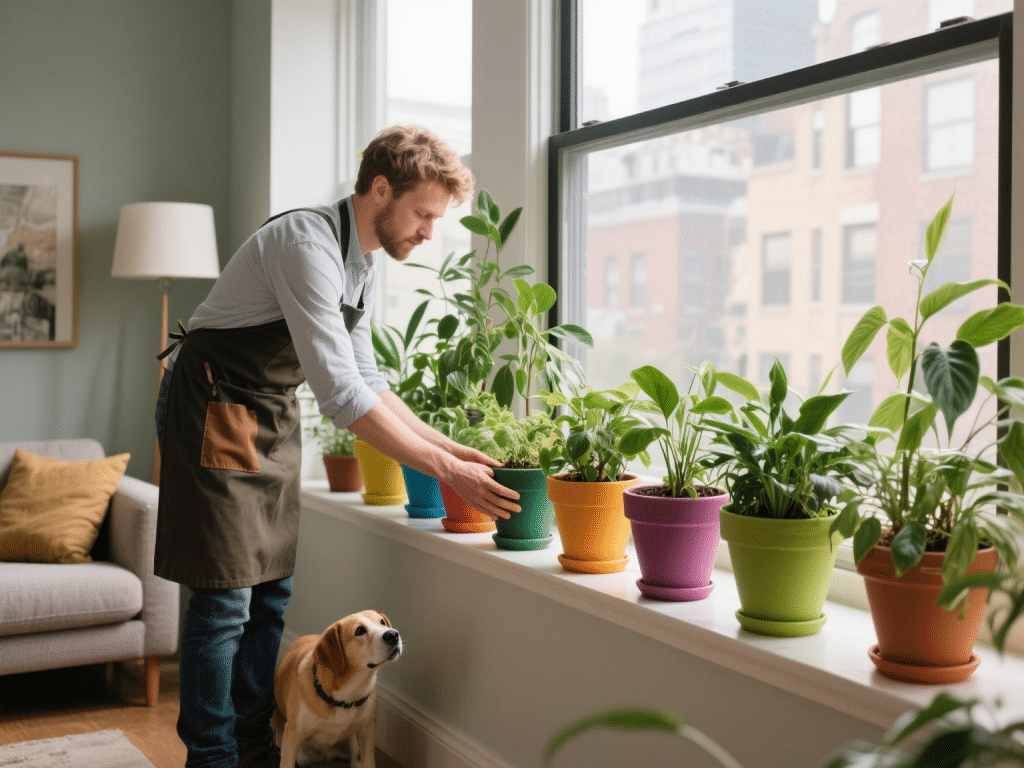
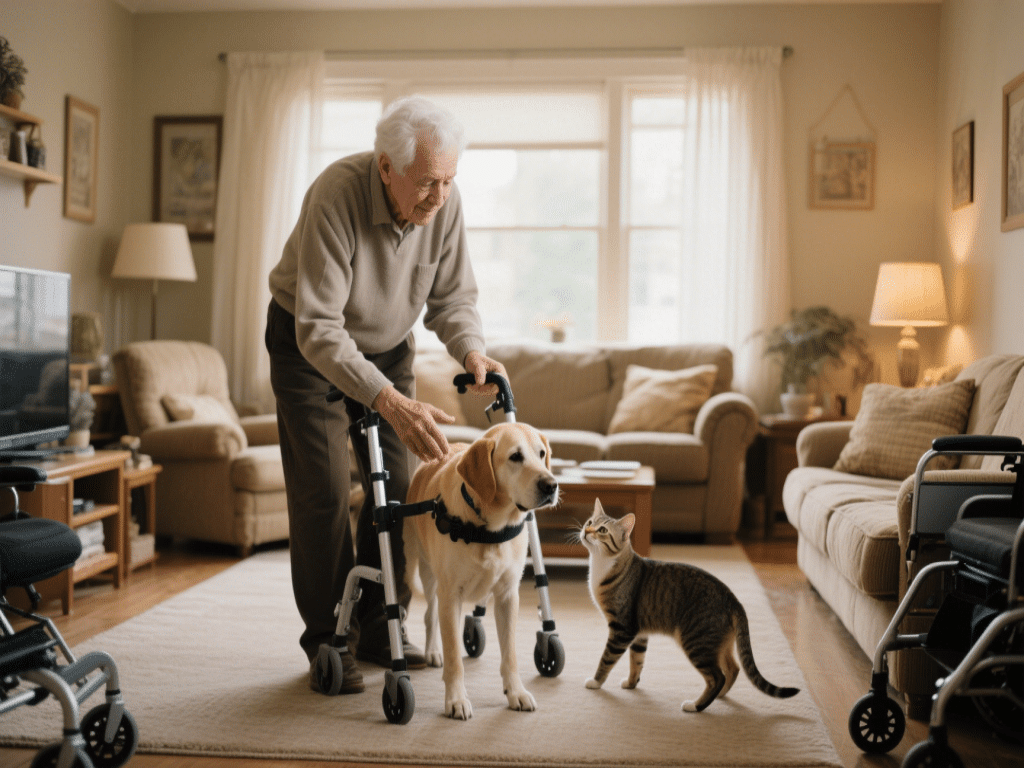
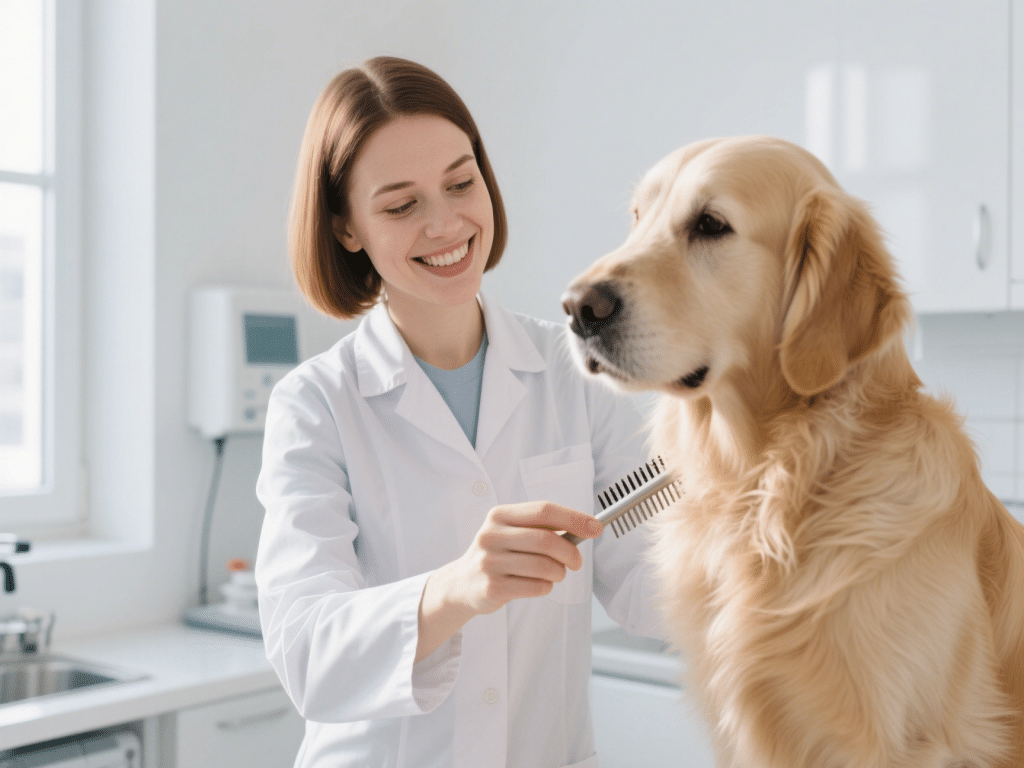
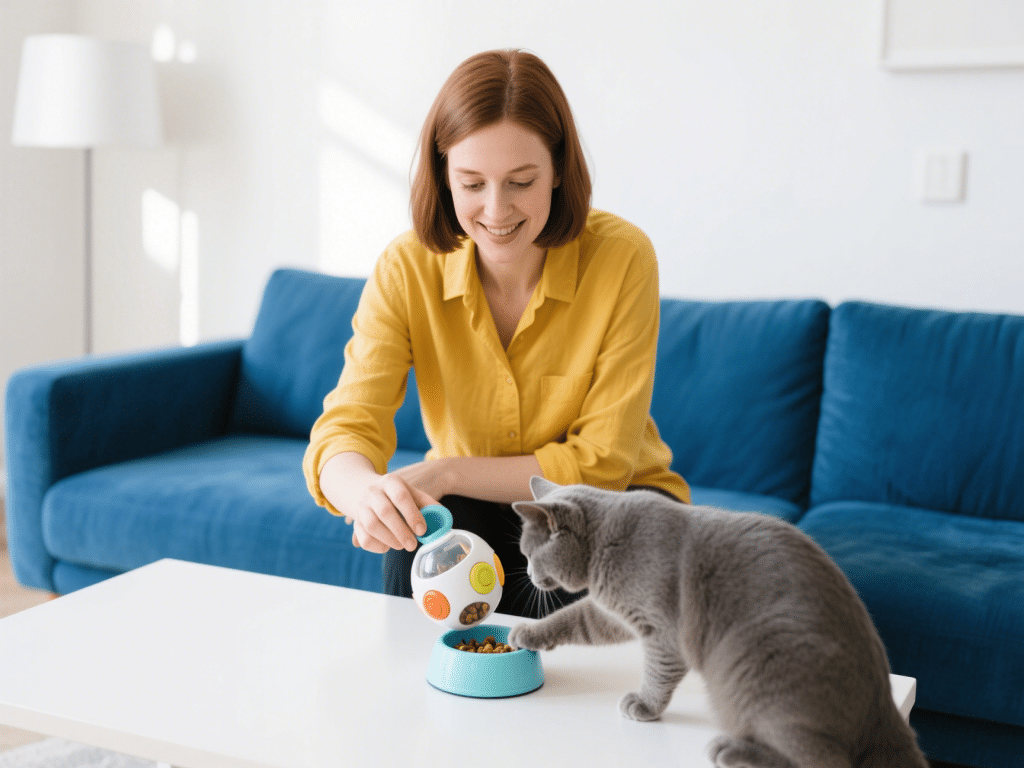
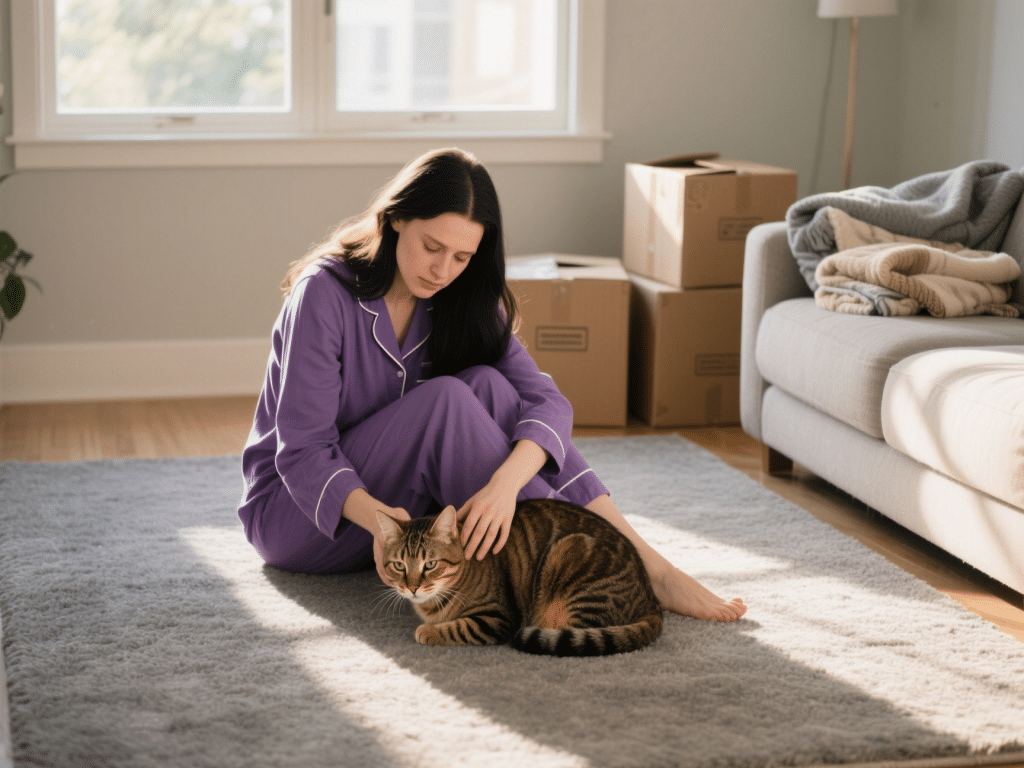
Comments on "Tips for Preventing Obesity in Indoor Cats" :